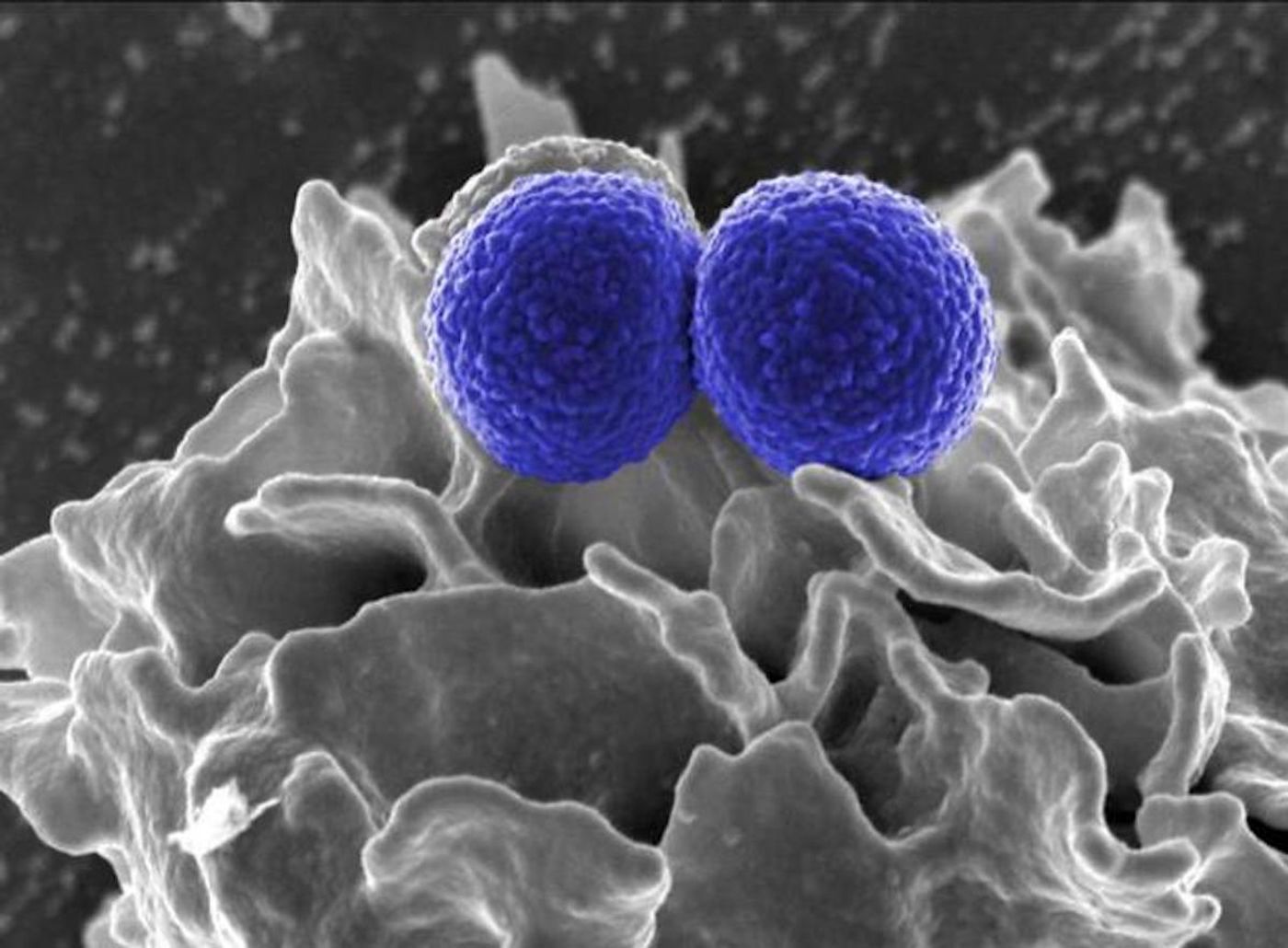Do Phages Drive Bacterial Evolution?
Antibiotics are the treatment for bacterial infections, but more and more of these bacterial infections can't be eliminated with standard antibiotics. Researchers have learned a lot about bacterial evolution and drug resistance. We know that many genes that confer antibiotic resistance are contained on mobile genetic elements called plasmids that are easily shared among microbes. We also know that bacterial colonies that are exposed to antibiotics can rapidly overcome the detrimental effects of those antibiotics.
Now scientists have offered a new perspective on the evolution of so-called bacterial superbugs, which are resistant to many antibiotics and are considered a major threat to public health. Reporting in Science Advances, researchers have suggested that viruses that infect bacteria, called bacteriophages, are critical to triggering rapid evolution in bacteria, which leads to the growth of superbugs.
In this study, the authors suggested that homogenous bacterial colonies don't use changes in single bases of the DNA sequence, so-called point mutations, to test out adaptations and diversify their population so they can survive an antibiotic. Instead, bacteriophages produce certain strains of bacteria within a population that gain an advantage early on and outgrow other strains.
Bacteriophages as a form of bacterial parasite are actually beneficial to the microbes. "Essentially, a parasite became a weapon," said senior study author Vaughn Cooper, Ph.D., professor of microbiology and molecular genetics at the University of Pittsburgh. "Phages endowed the victors with the means of winning; what killed off more sensitive bugs gave the advantage to others."
Bacteria grow rapidly, so they can produce many generations and evolve in a matter of only days. This work has suggested that when an infection is just gaining a foothold, bacteria and phages are interacting and co-evolving. Bacteria can apparently easily share bacteriophages, and this tracks with genetic changes.
The researchers followed changes in the genomes of six strains of bacteria in a wound infection model. Phages jumped from one bacterial cell to another constantly, and even bacterial cells with no evolutionary advantage contained phages. Most bacterial cells had more than one bacteriophage integrated into their genomes; it was not unusual to find three or four phages in a single bacterium.
"It showed us just how much phages interact with one another and with new hosts," said Cooper. "Characterizing diversity in early bacterial infections can allow us to reconstruct history and retrace complex paths of evolution to a clinical advantage, and with growing interest in using phages to treat highly resistant infections, we are learning how to harness their potency for good."
Sources: AAAS/Eurekalert! via University of Pittsburgh, Science Advances









